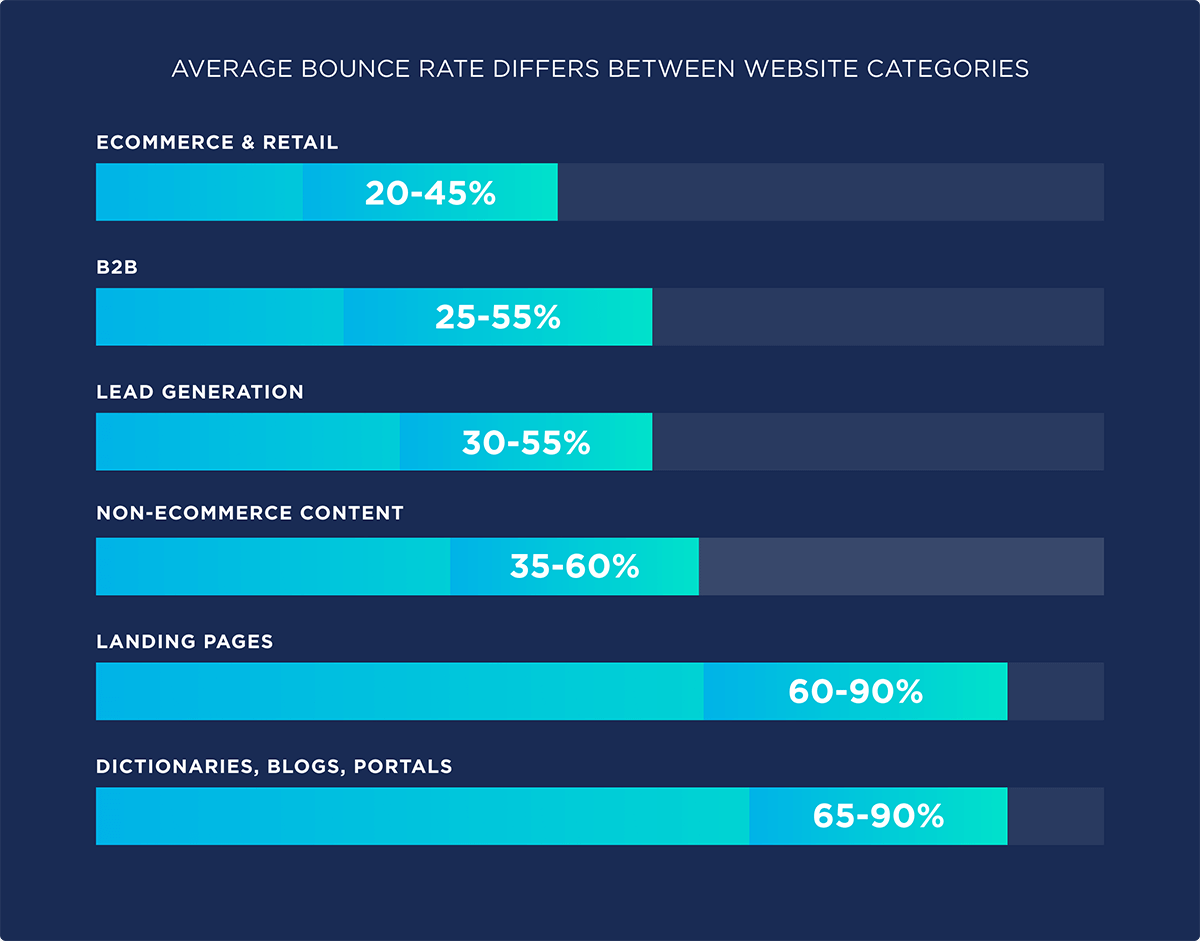Understanding Bounce Rate
Bounce rate is the percentage of visitors who leave your site after viewing only one page. A high bounce rate can be bad. It means visitors are not finding what they need. This can hurt your site’s ranking on search engines.

Credit: backlinko.com
Why Is Bounce Rate Important?
Bounce rate is important for several reasons. First, it shows if your content is engaging. Second, it helps you understand user behavior. Lastly, it affects your search engine ranking. If people leave quickly, search engines think your content is not good.
Tips to Improve Your Bounce Rate
1. Improve Page Load Time
Page load time is crucial. If your page takes too long to load, visitors will leave. Aim for a load time of three seconds or less. You can use tools like Google PageSpeed Insights to check your load time.
2. Make Your Content Engaging
Content is king. Make sure your content is engaging. Use short sentences and simple words. Add images and videos. This makes your content more interesting.
3. Use Internal Links
Internal links keep visitors on your site longer. Link to other relevant pages on your site. This helps visitors find more information. It also helps search engines understand your site better.
4. Optimize For Mobile
Many people use mobile devices to browse the internet. Make sure your site is mobile-friendly. Use responsive design. This ensures your site looks good on all devices.
5. Improve Readability
Readability is key. Use short paragraphs. Use bullet points and headers. This makes your content easier to read. A clear and simple layout keeps visitors engaged.
6. Use Clear Call To Actions (ctas)
Make sure your CTAs are clear. Tell visitors what you want them to do. Use simple language. Examples include “Read More,” “Buy Now,” or “Contact Us.”
7. Reduce Pop-ups
Pop-ups can be annoying. Use them sparingly. If you use pop-ups, make sure they are easy to close. This improves user experience.
8. Create A Compelling Meta Description
Your meta description is important. It tells visitors what your page is about. Make sure it is compelling. This can increase click-through rates and reduce bounce rate.
Using Analytics to Monitor Bounce Rate
Monitoring your bounce rate is important. Use tools like Google Analytics. This helps you understand where you need to improve. Look at which pages have high bounce rates. Focus on improving these pages first.

Credit: www.slideteam.net
Frequently Asked Questions
What Is Bounce Rate?
Bounce rate is the percentage of visitors who leave a site after viewing one page.
How Does Seo Affect Bounce Rate?
SEO improves site usability, content quality, and load speed, reducing bounce rate.
Why Is A High Bounce Rate Bad?
A high bounce rate indicates poor user engagement and can impact search rankings negatively.
How Can Content Relevance Reduce Bounce Rate?
Relevant content keeps visitors interested, encouraging them to explore more pages.
Conclusion
Improving your website’s bounce rate takes time. Use these SEO techniques to keep visitors engaged. Remember, a lower bounce rate means a better user experience. And a better user experience leads to higher search engine rankings.

